I’m a Coach and These 11 Foods Help Build Lean Muscle Fast
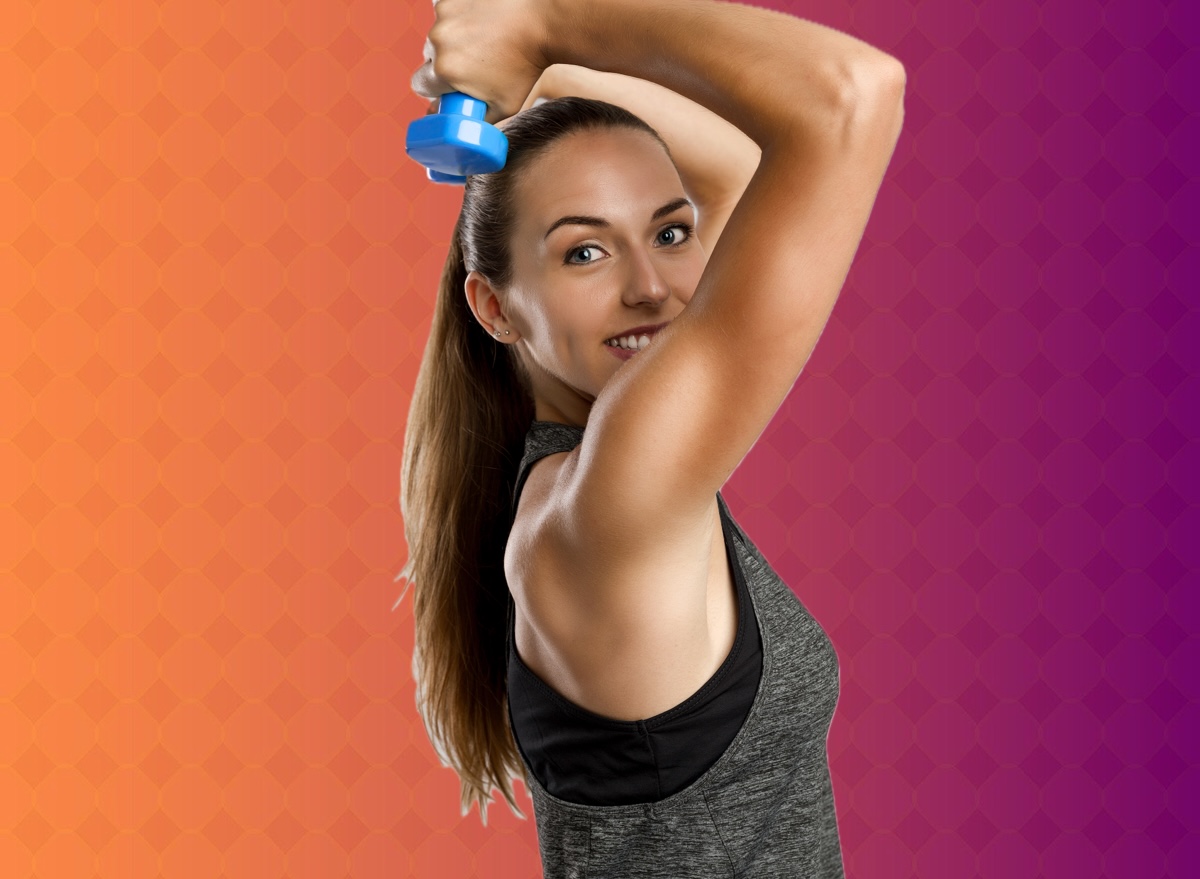
Are you getting enough protein in your diet? Many people count calories, watch their sodium intake and are careful about how much sugar is consumed, but many often forget about protein, which is a must-have for our body. Protein is vital for strong bones, keeping your cells in good shape, helping regulate hormones and much more. Protein aids in building lean muscle, so if you’re hitting the gym and trying to reach certain fitness goals, it’s tough to do without protein. While the amount of protein differs for everyone, the recommended daily amount is based on how many calories you eat and weight. According to the Mayo Clinic, protein should make up 10% to 35% of your calories. If you’re following 2,000 per day caloric intake, that’s 200-700 calories from protein or 50-175 grams. While that can seem like a lot of protein, the good news is there are plenty of foods you can easily find at any grocery store to help meet your needs. From chicken to seafood and plant-based foods, here’s 11 high-protein foods you can incorporate into your diet that help build lean muscle, according to Terry Tateossian, an ISSA Nutritionist and ISSA Personal Trainer, IIN Hormone Specialist, IIN Emotional Eating Coach, and the Founder of THOR: The House of Rose.
Chicken Breast
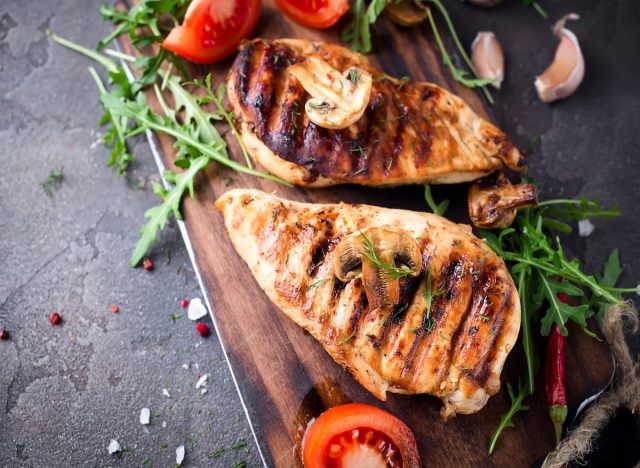
A grilled chicken breast is an easy and satisfying way to boost your protein intake. “Chicken breast is a lean protein, packing about 26 grams of protein per 3-ounce serving with very little fat,” says Tateossian. “Because it’s rich in leucine, an amino acid that directly triggers muscle protein synthesis, it helps your muscles repair and grow faster after resistance training.”
Salmon
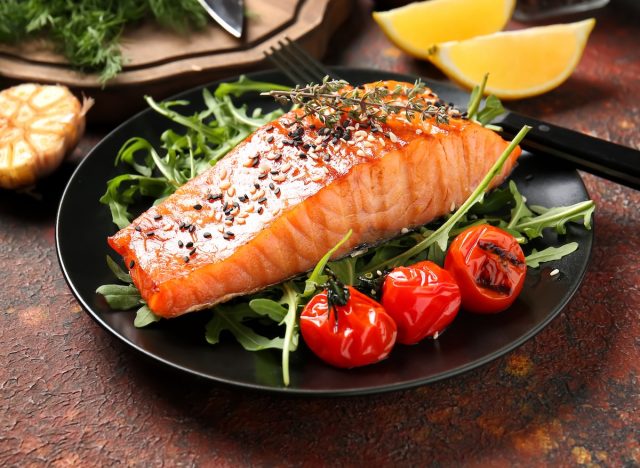
There’s a reason why salmon is always recommended as a great source of protein–it’s full of vitamins and nutrients. According to Tateossian, “salmon provides about 22 grams of protein per 4-ounce serving, along with omega-3 fatty acids that reduce inflammation and improve recovery. The healthy fats also enhance insulin sensitivity, which helps send amino acids into muscle tissue better.”
Eggs and Egg Whites
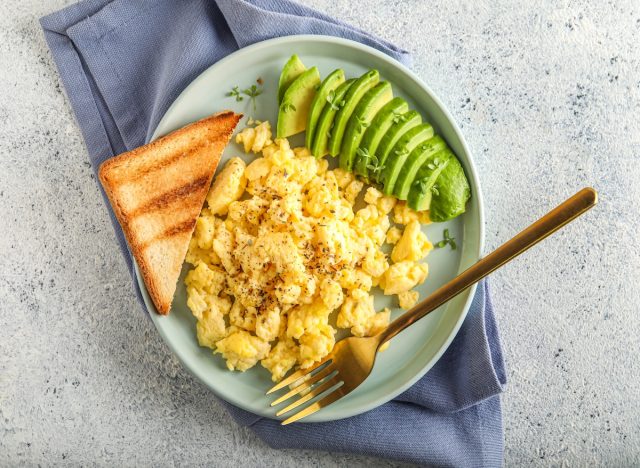
Whether you love them hard-boiled, scrambled, fried or over-easy, eggs are a versatile and delicious way to get protein. “Eggs are considered the gold standard of protein because they contain all nine essential amino acids,” says Tateossian. “The yolks provide additional nutrients like vitamin D and choline, and egg whites deliver pure, lean protein. Together, they maximize recovery and muscle growth.”
Greek Yogurt
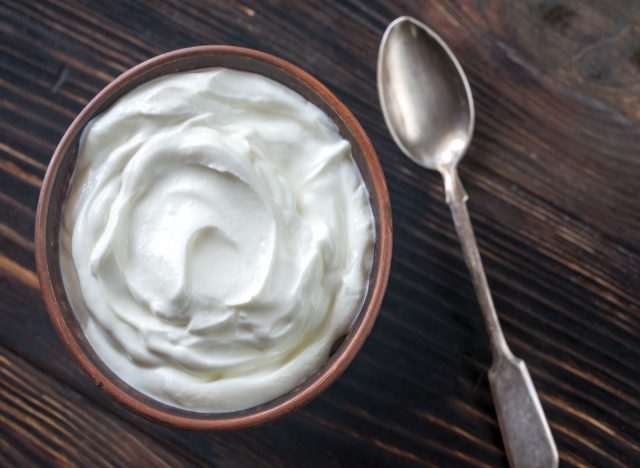
Greek yogurt is such a convenient way to get protein. There’s no cooking involved–just grab a cup and go. According to Tateossian, “a single cup of plain Greek yogurt offers 18–20 grams of protein, primarily casein and whey. This combination provides both quick-digesting protein to kickstart repair and slow-digesting protein to keep amino acids available for hours, fueling steady muscle building.”
Whey Protein Powder
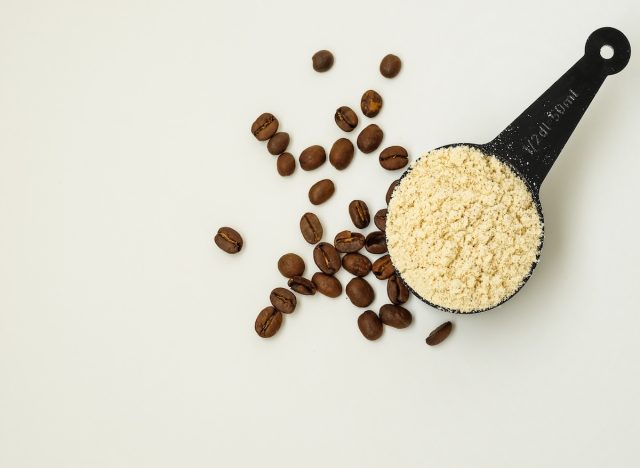
If you want a protein supplement, Tateossian suggests why protein powder. She explains, “Whey is one of the fastest-digesting protein sources, rich in leucine, and proven in studies to spike muscle protein synthesis more effectively than many whole foods. It’s perfect for post-workout nutrition when your body needs amino acids immediately.”
Cottage Cheese
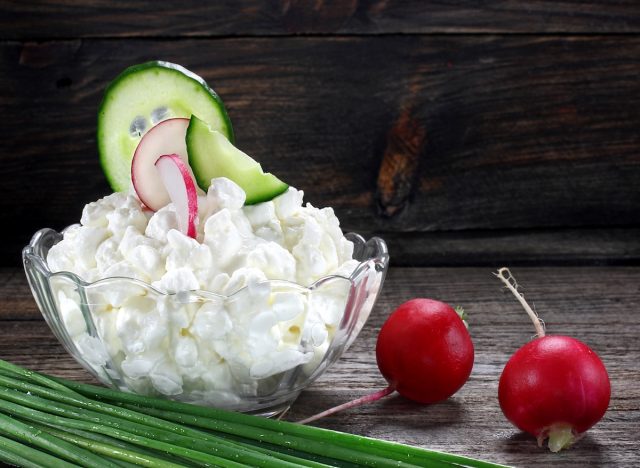
Cottage cheese is tasty plain, with fruit or spread on your favorite crackers. It’s a healthy snack that’s packed with protein. “Cottage cheese contains about 25 grams of protein per cup, mostly casein, which digests slowly and supplies amino acids for hours,” says Tateossian. “Eating it before bed is especially great for overnight muscle repair and prevention of muscle breakdown.”
Lean Beef
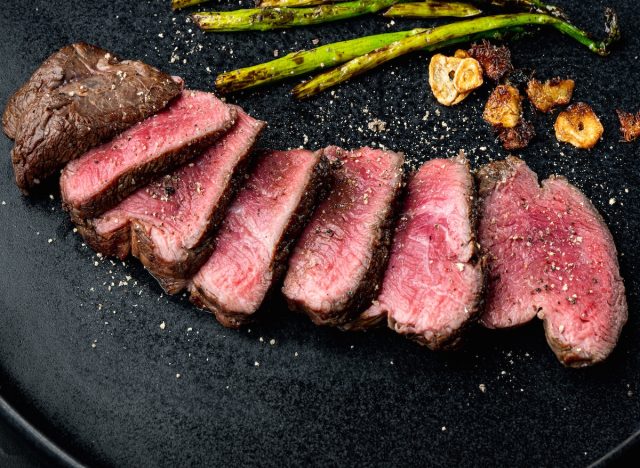
Lean beef is another good way to meet the recommended amount of daily protein. “Lean beef offers around 22 grams of protein per 3-ounce serving along with creatine, iron, and B vitamins, all critical for strength, energy metabolism, and muscle growth,” says Tateossian.
“Its natural creatine content gives an extra boost to performance and recovery.”
Tuna
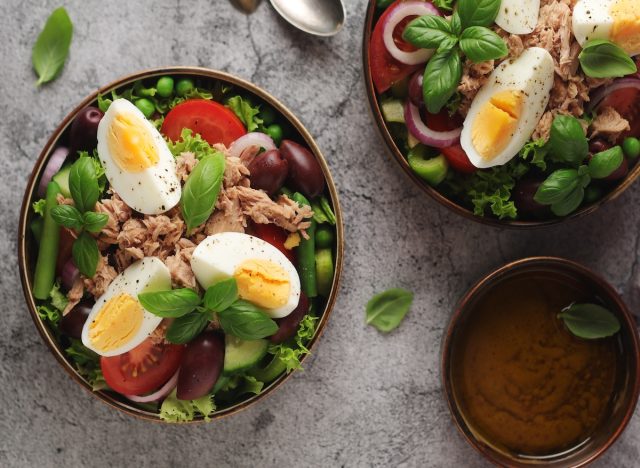
The taste of tuna isn’t for everyone, but it’s loaded with protein and low in calories. “Tuna is virtually pure protein (about 20 grams per 3-ounce serving) with almost no carbs or fat,” says Tateossian. “It’s ideal for building lean muscle while keeping overall calories in check, especially if you’re aiming to gain muscle without excess fat.”
Edamame
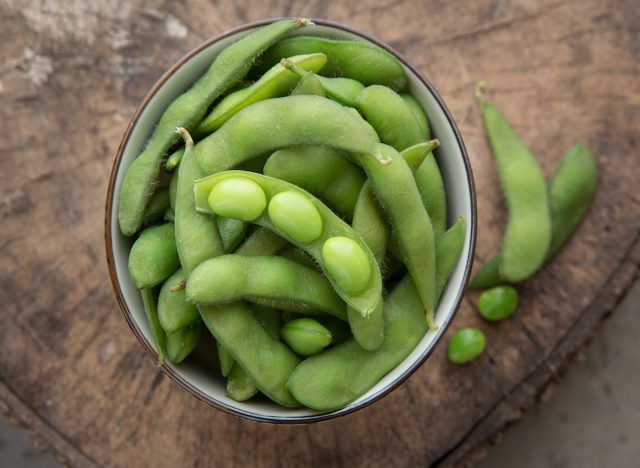
Edamame is a common appetizer you can find on most sushi menus, but you can also find it in the frozen section and enjoy snacking on it at home. “Edamame is a great plant-based option and provides 17 grams of protein per cup along with fiber and phytoestrogens that support hormone balance in women,” says Tateossian. “It’s a complete protein source, making it excellent for muscle growth even without animal products.”
Lentils
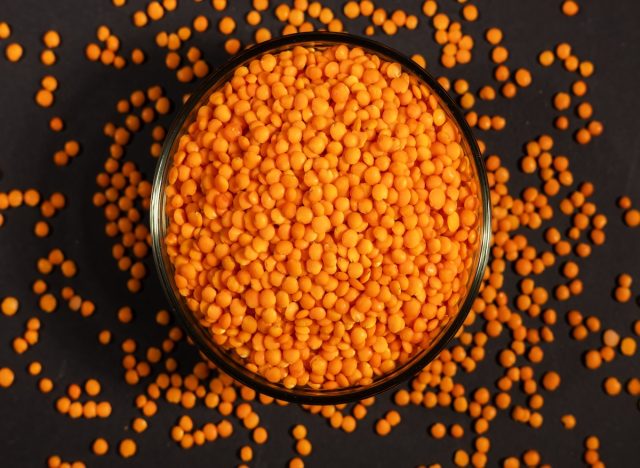
From soups to salads and rice dishes, lentils have a mild flavor that’s ideal for a variety of cuisines. “Lentils contain about 18 grams of protein per cooked cup and are rich in complex carbs and fiber,” says Tateossian. “This combination stabilizes blood sugar while providing steady energy for workouts, making it easier to build lean muscle without fat gain.”
Firm Tofu
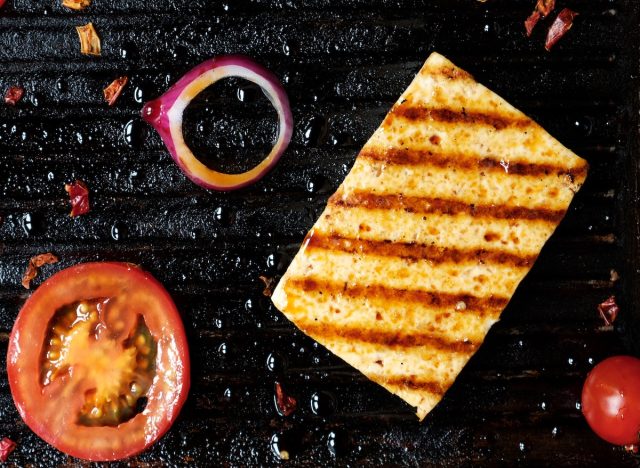
Firm tofu contains essential minerals like calcium and iron, and heart-healthy isoflavones, supporting muscle, bone, and cardiovascular health. Plus, it’s high in protein. “Firm tofu delivers 10 grams of complete protein per 100 grams and absorbs flavors easily, making it versatile for meals,” says Tateossian. ” Because it’s lower in fat and high in calcium, it supports bone strength while promoting lean muscle development, especially important for women over 40.”